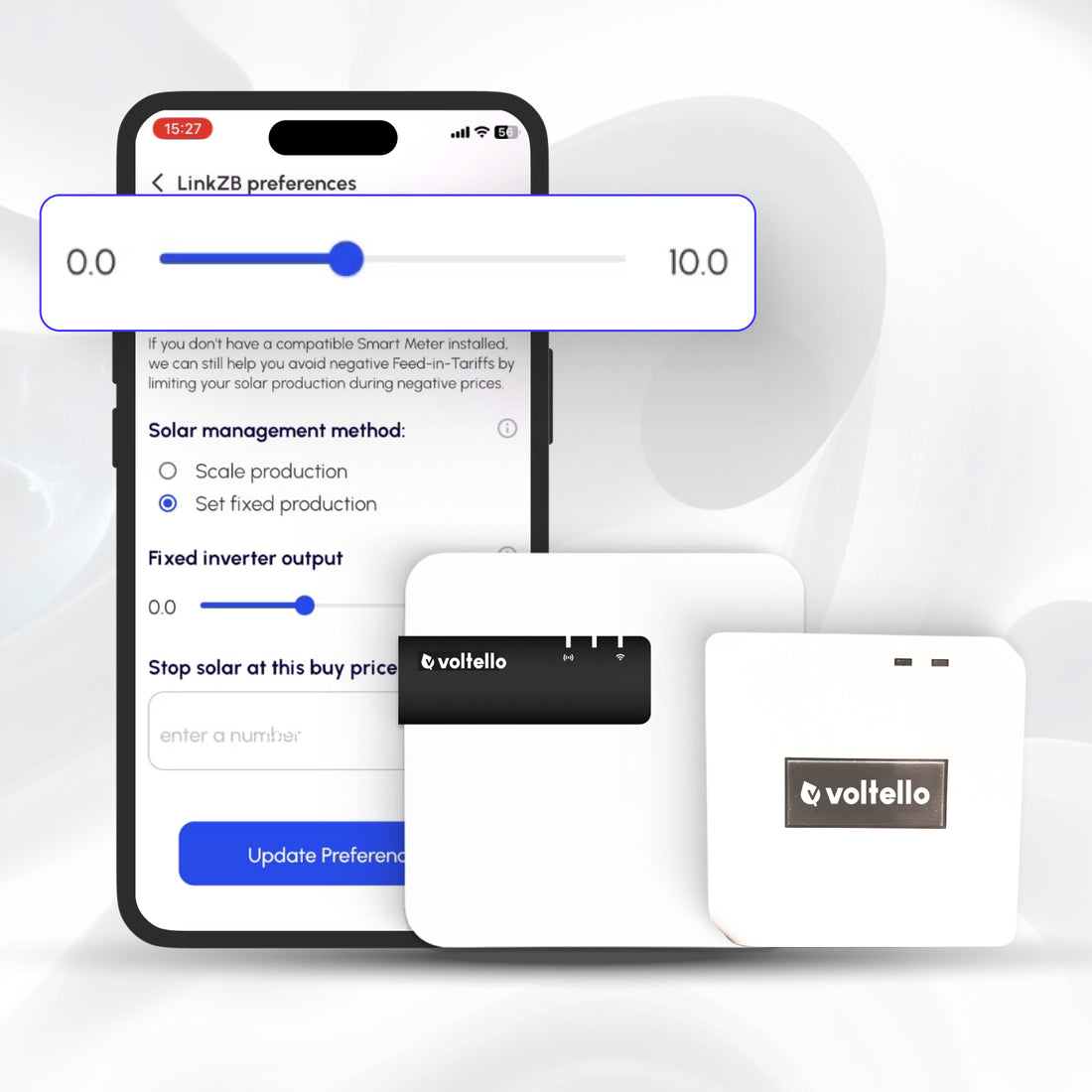...and it's good news for households
Flexible exports have been introduced in South Australia, Victoria, and Queensland to manage the energy exported from rooftop solar systems to the electricity grid more dynamically. This initiative is significant for households with rooftop solar systems, as it allows for a more efficient use of solar energy, potentially increasing the returns on their investment and contributing to grid stability.
In South Australia, the rollout of flexible exports began on July 1, 2023, offering new solar customers the option to choose between a fixed (static) export limit or a flexible export limit. The flexible export limit allows customers to export up to 10 kilowatts (kW) of solar energy back into the grid at least 99% of the time, a considerable increase from the previous cap of 5kW. This change is expected to not only allow households to potentially save and earn more from their solar energy but also to contribute to a more stable and efficient grid.
Queensland has also embraced flexible exports with the introduction of inverters certified as compliant with the state's dynamic connections for energy exports. This allows homeowners to export energy back into the grid at a flexible rate, with the energy output being limited only about 2% of the time when excess power from PV installations could overwhelm the grid. The State's adoption of dynamic exports, facilitated by technologies such as smart inverters, enables households to potentially export up to 10 kW per phase, lifting the previous caps that limited energy exports to protect the grid from congestion.
Victoria has introduced dynamic export rules for rooftop solar, requiring all new inverters installed under the State government’s solar and battery rebate programs to be capable of remotely updating and enacting dynamic export limits from March 2024. This move is aimed at allowing network companies to manage the export of rooftop solar back into the grid more effectively, providing households the opportunity to export up to 10 kW, in line with the flexible exports standards being rolled out across other states.
For households in these states, flexible exports mean the potential for higher returns on investment in solar energy, as they can sell more electricity back to the grid. It also means a more resilient and efficient electricity grid, capable of handling the variable nature of solar energy production. Furthermore, this initiative encourages the adoption of solar energy by making it more financially viable for households and contributes to the broader goal of integrating renewable energy sources into the national grid.
What will this mean for older solar systems that can't respond to control signals?
Legacy inverters that are not smart and cannot respond to control signals may face limitations under the new flexible exports regimes. These legacy systems, which lack the capability for dynamic control of energy exports to the grid, will not be able to take advantage of the benefits offered by flexible exports, such as the potential to export more energy at favourable times and thereby increase returns on solar investments.
The introduction of flexible export rules is aimed at improving grid stability and allowing for a more efficient use of renewable energy by dynamically adjusting the amount of electricity exported from rooftop solar systems to the grid. This requires inverters that can communicate with the grid and adjust exports based on real-time demands and conditions.
For households with legacy inverters, this means that:
- Static Export Limits May Apply: Without the capability to participate in dynamic export adjustments, these systems may be subject to static export limits, which cap the amount of energy that can be exported to the grid regardless of current grid capacity or demand.
- Upgrade Incentives: There may be incentives or requirements in the future for upgrading to smart inverters that can participate in flexible export schemes. This could involve additional costs for households but may be offset by the potential for increased energy exports and financial returns.
- Potential for Retrofitting: In some cases, it might be possible to retrofit legacy systems with devices or controllers that enable them to communicate with the grid and participate in flexible exports, such as Voltello's LinkZB or LinkPro.
- Impact on Solar Investment Returns: Households with legacy inverters may find that their ability to earn returns on surplus solar energy is less than that of households with newer, smart systems that can take full advantage of dynamic export limits.
The transition to flexible exports represents a shift towards a more interactive and responsive energy grid, with significant implications for how solar energy is integrated and utilised. For those with legacy systems, it will be important to stay informed about changes and opportunities to upgrade or adapt systems to comply with new standards and maximise the benefits of solar investments.
You can sign up here to receive updates about the changing energy landscape and how Village Energy's Voltello products can help ensure you stay on the front foot and get the best returns for your renewable energy investments.
